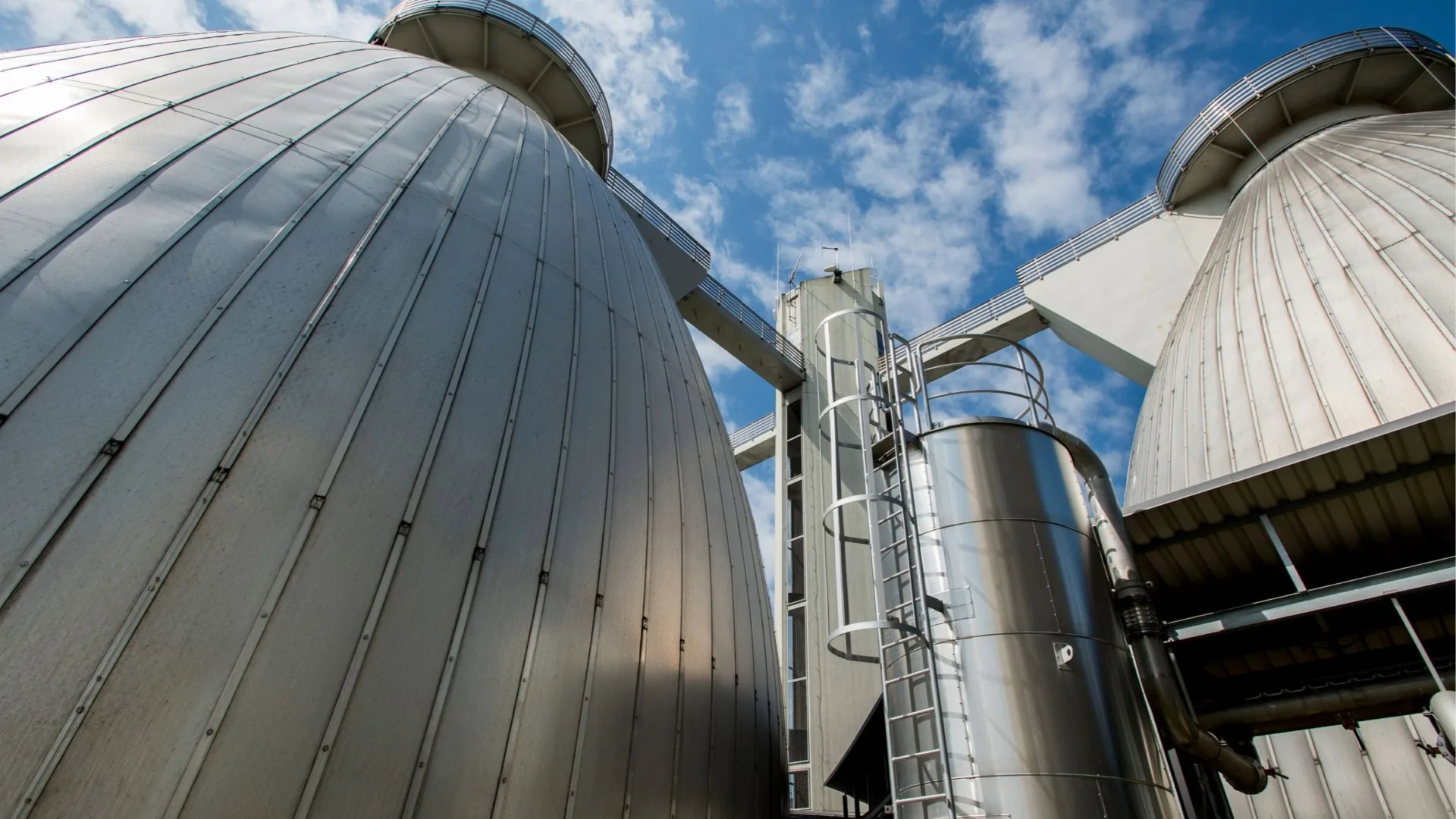Feeding biomethane into the natural gas grid is a decisive step on the way to sustainable energy systems. The gas quality must meet strict requirements in order to ensure compatibility with the natural gas grid and safety for end consumers.
Traditionally, gas quality has been tested using discontinuous laboratory analyses. However, the introduction of continuous monitoring systems represents a significant advance and offers numerous advantages over laboratory-based quality assurance. This article highlights the benefits of continuous biomethane monitoring and why it is superior to discontinuous monitoring.
The importance of gas quality when feeding biomethane into the grid
Biomethane, the processed form of biogas, must meet strict quality criteria before being fed into the natural gas grid. The most important parameters include
- Methane content (CH₄): Generally above 95 % for grid compatibility.
- Carbon dioxide (CO₂): Must be largely removed so as not to impair the calorific value.
- Oxygen (O₂): Excessive values increase the risk of explosion and impair mains operation.
- Hydrogen sulphide (H₂S): Corrosive pollutant that can damage infrastructure.
- Moisture content: Excess moisture can cause condensation and frost formation in the pipes.
Compliance with these standards is essential to avoid damage to the grid, complaints from end consumers and regulatory sanctions.
Advantages of continuous biomethane monitoring
Continuous monitoring systems measure gas quality in real time and offer decisive advantages over the conventional practice of sending gas samples to the laboratory.
Real-time Quality Assurance
Continuous monitoring provides immediate feedback on gas composition and enables operators to detect and correct quality deviations immediately, minimize the risk of introducing low-quality biomethane into the grid and avoid delays caused by laboratory analyses.
Example: If the methane content falls below the required limit, operators can adjust the treatment systems in real time or interrupt the feed-in to avoid serious consequences.
Improved process efficiency
Laboratory analysis requires time and resources for sample collection, transportation and analysis. Continuous monitoring systems automate this process and ensure uninterrupted operation as decisions can be made without delay. And optimal use of infrastructure by eliminating uncertainties in gas quality.
Increased security
Real-time monitoring improves safety by immediately detecting dangerous gas components such as excess oxygen, which increases the risk of explosion, and hydrogen sulphide, which causes corrosion. Laboratory analyses, on the other hand, only provide retrospective information, which means that safety risks can persist for longer.
Compliance with legal regulations
The feed-in of biomethane is subject to strict regulatory requirements. Continuous monitoring systems provide accurate, time-stamped data as proof of compliance, automatic logging of important parameters to facilitate reporting and reliable documentation for audits or disputes.
This proactive approach minimizes the risk of fines or business interruptions due to non-compliance.
Cost savings
Although continuous monitoring systems require initial investment, they offer long-term savings by reducing the frequency and cost of laboratory analysis, minimizing downtime due to quality issues and extending equipment life through early detection of corrosive components.
Environmental benefits
Continuous monitoring supports environmental sustainability by ensuring that only high-quality biomethane is fed in, maximizing energy efficiency, methane slip, a potent greenhouse gas, and optimizing treatment processes to reduce energy consumption.
Limitations of laboratory-based quality control
Discontinuous laboratory analyses have long been the standard method for gas quality testing, but they have considerable weaknesses:
- Delayed results: Analyses often take hours or days, during which low-quality gas may have already been fed into the grid.
- Irregular sampling: Periodic tests can overlook temporary quality deviations.
- High expenditure of resources: The transportation of samples, the provision of personnel and the maintenance of laboratory equipment cause costs and complexity.
- Lack of integration: Laboratory analyses do not provide real-time feedback, which makes dynamic adjustments impossible.
These restrictions lead to inefficiencies, security risks and regulatory challenges.
Application examples: Continuous monitoring in practice
Example 1: Optimization of the methane content
In a biomethane plant, continuous monitoring showed a drop in methane content due to a temporary problem in the processing unit. The operators were able to adjust the system in real time and maintain grid compliance without interrupting operations.
Example 2: Detection of hydrogen sulphide
A continuous monitoring system detected a sudden increase in the H₂S concentration. Automatic adjustments to the desulphurization process prevented corrosion damage and a costly shutdown.
Example 3: Proof of regulatory compliance
A continuous monitoring system automatically provided gas quality logs over several months. This data was presented during an audit and proved compliance with legal requirements, thereby avoiding penalties.
Future trends: integration into smart grids
The increasing use of continuous biomethane monitoring fits in with the development of smart grids, where real-time data enables dynamic grid management to efficiently balance supply and demand. As well as predictive maintenance to reduce downtime through early fault detection. But also transparent energy transactions that ensure fair billing for biomethane producers.
A paradigm shift in gas quality control
Continuous biomethane monitoring represents a significant advance over conventional laboratory-based quality control. It provides real-time data that is more accurate, faster and more reliable. This significantly improves safety, efficiency and compliance when feeding biomethane into the natural gas grid.
While laboratory analyses remain valuable for detailed investigations and validations, the switch to continuous systems is essential for modern and efficient biomethane plants. Operators who want to future-proof their processes are not only investing wisely, but also making a contribution to a sustainable energy system.


